Lude Press | Dr. Yan Talks: South China Sea Military Exercises against the CCP 8/20/2025
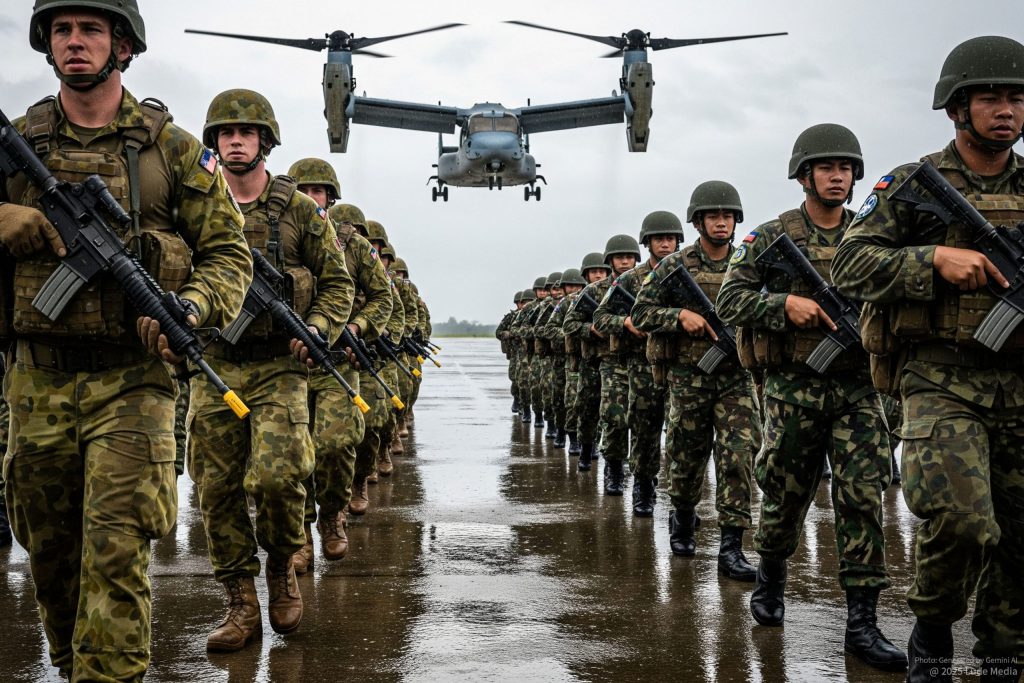
The Alon Military Exercise: The Alon exercise is a major joint military operation between Australia and the Philippines, involving over 3,600 personnel, with significant contributions from the United States and Canada as participants and observers. It focuses on amphibious operations, counter-terrorism, and defense cooperation, taking place in key locations like Palawan and Luzon, directly facing CCP-controlled islands in the South China Sea.
Strategic Implications of the Exercise: This exercise represents a continuation and escalation of regional military activities, timed closely after a CCP sea collision incident, demonstrating coordinated deterrence against CCP aggression. It showcases advanced capabilities in air, sea, and land domains, including Australia’s deployment of destroyers, fighter jets, and electronic warfare aircraft, emphasizing rapid response and multi-domain operations.
US and Allied Strategy Against CCP: The United States plays a supportive role in the exercise, with Marine Rotational Force-Darwin contributing troops and Osprey aircraft, highlighting a shift where allies like Australia and the Philippines take the lead to form a multi-layered security network. This reduces US dependency while ensuring comprehensive coverage against CCP expansion in the South China Sea.
CCP’s Response and Vulnerabilities: CCP responds weakly to these exercises, downplaying their significance through spokespersons, but the drills directly target CCP’s militarized islands like Fiery Cross Reef and Subi Reef, exposing vulnerabilities in anti-access/area denial strategies. The exercises include live-fire drills and island seizure simulations, signaling potential for rapid allied intervention.
India-China Diplomatic Interaction: During a recent meeting, CCP claims India affirmed Taiwan as part of China, but India immediately denies this, reiterating no change in its stance and maintaining strong ties with Taiwan. This interaction reveals CCP’s attempts to exploit perceived US-India tensions over sanctions, but results in CCP concessions on exports like rare earths and fertilizers to India.
Broader Geopolitical Shifts: Allied exercises like Alon are part of a larger US-led strategy to encircle CCP, involving nations like Japan and India in patrols and agreements, turning the South China Sea into a potential primary battlefield for weakening CCP. Meanwhile, CCP faces economic pressures, such as absorbing unwanted Russian Urals crude oil at a loss due to India’s reduced purchases amid US sanctions.
Rare Earth Weaponization Backfire: CCP’s use of rare earth exports as a geopolitical tool is backfiring, as restrictions prompt global alternatives in places like Australia, Japan, and Myanmar, eroding CCP’s monopoly and influence.
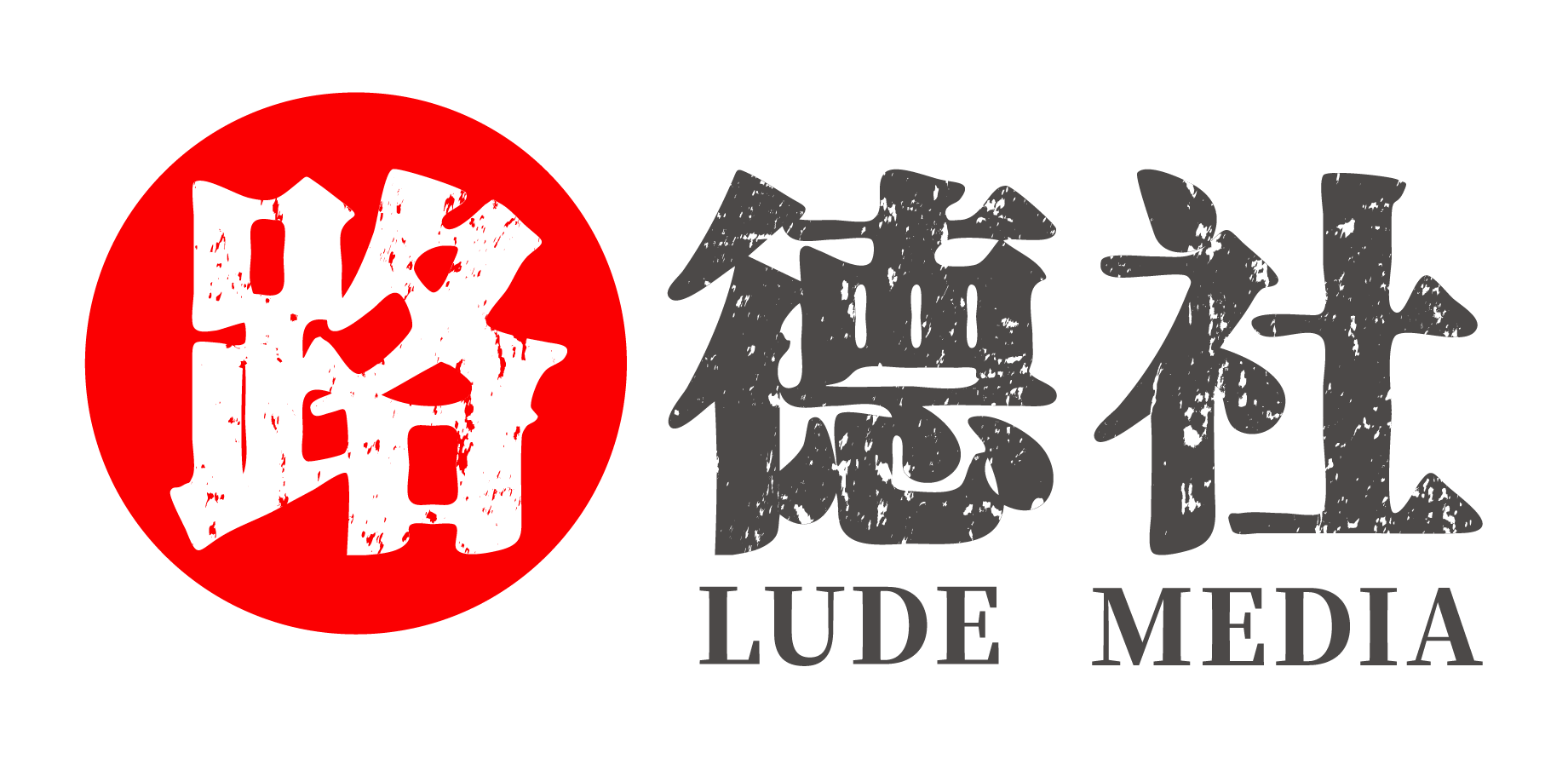
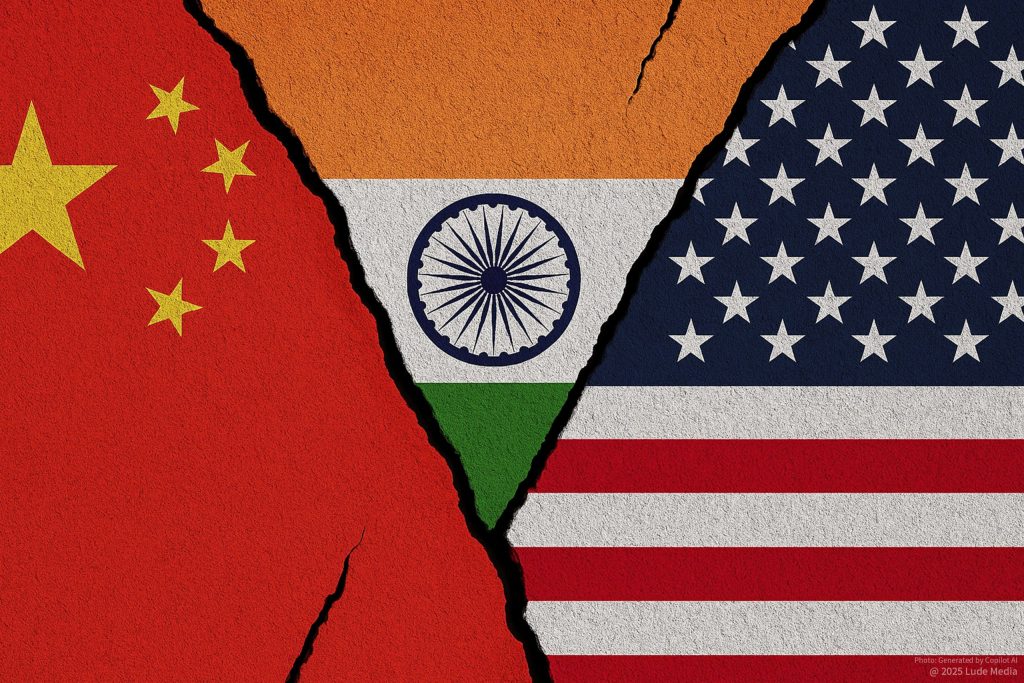
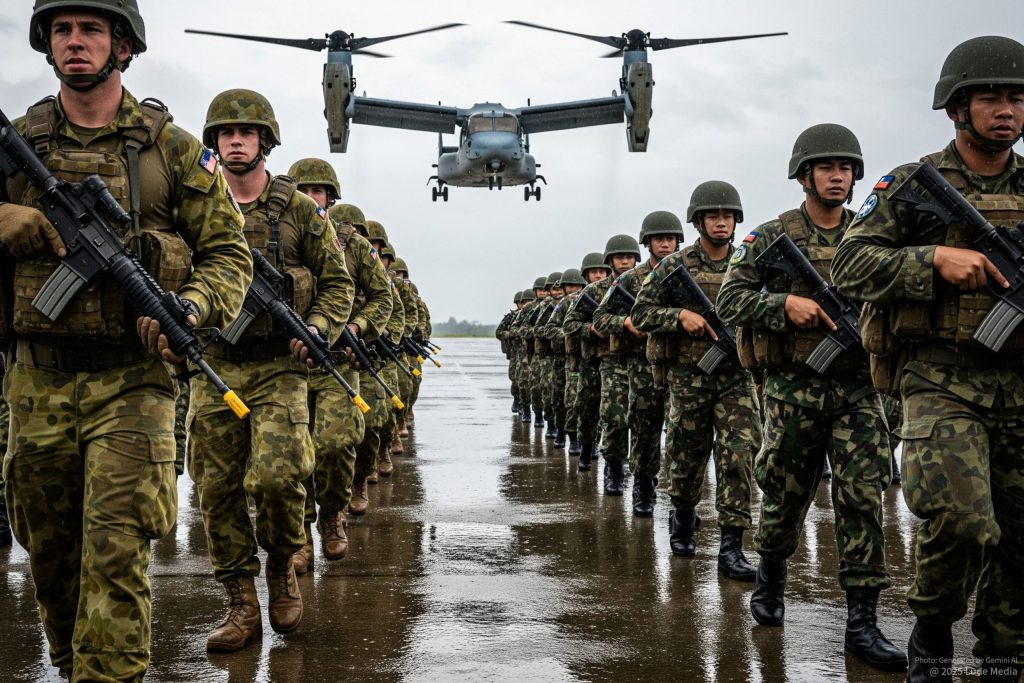
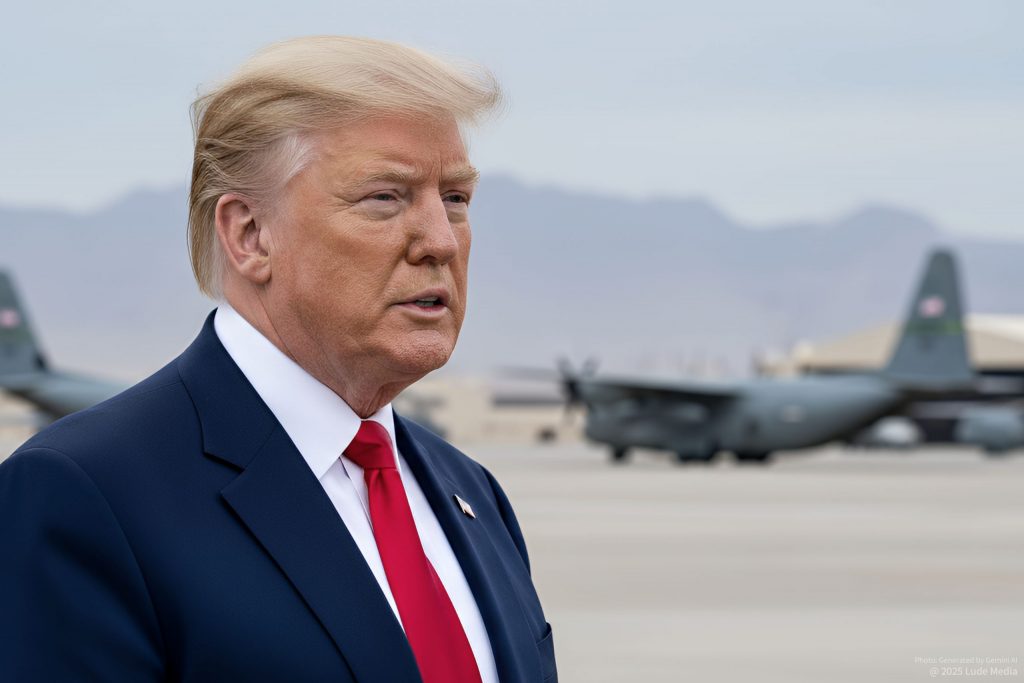
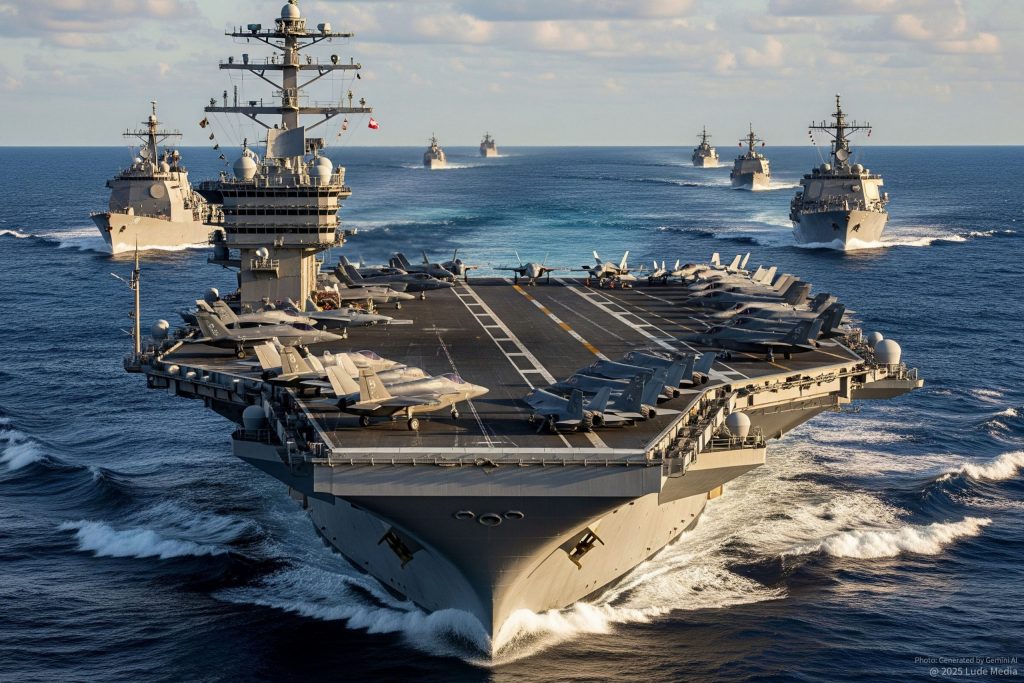

Responses